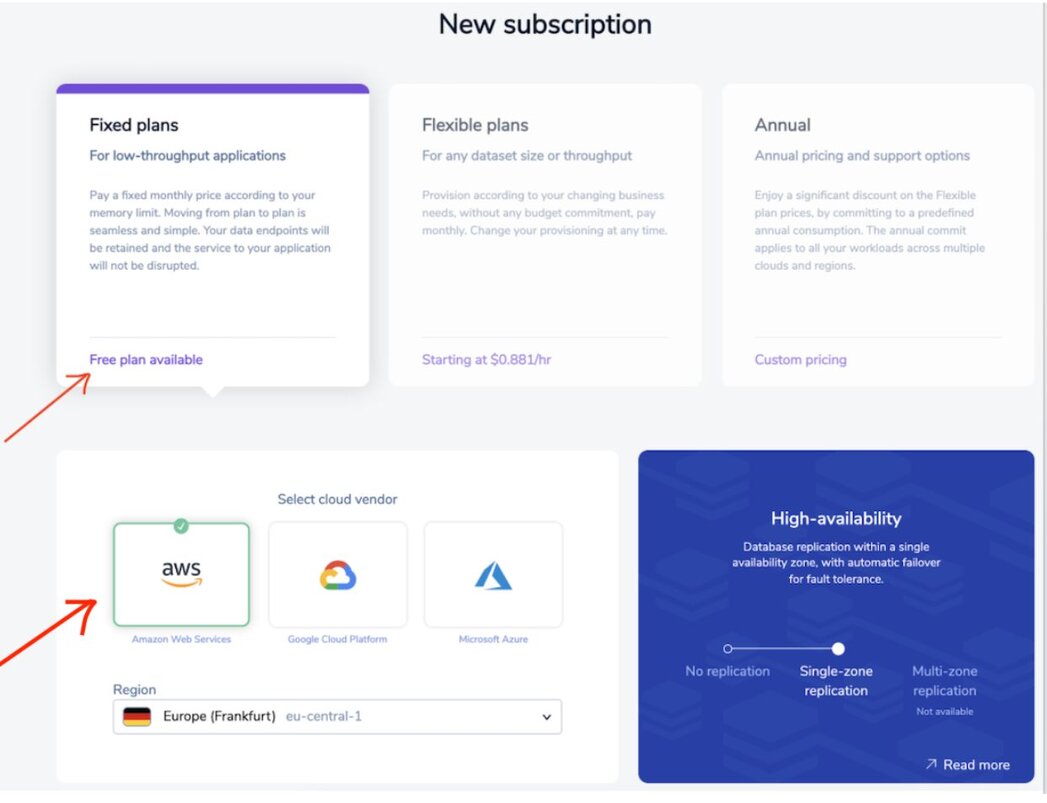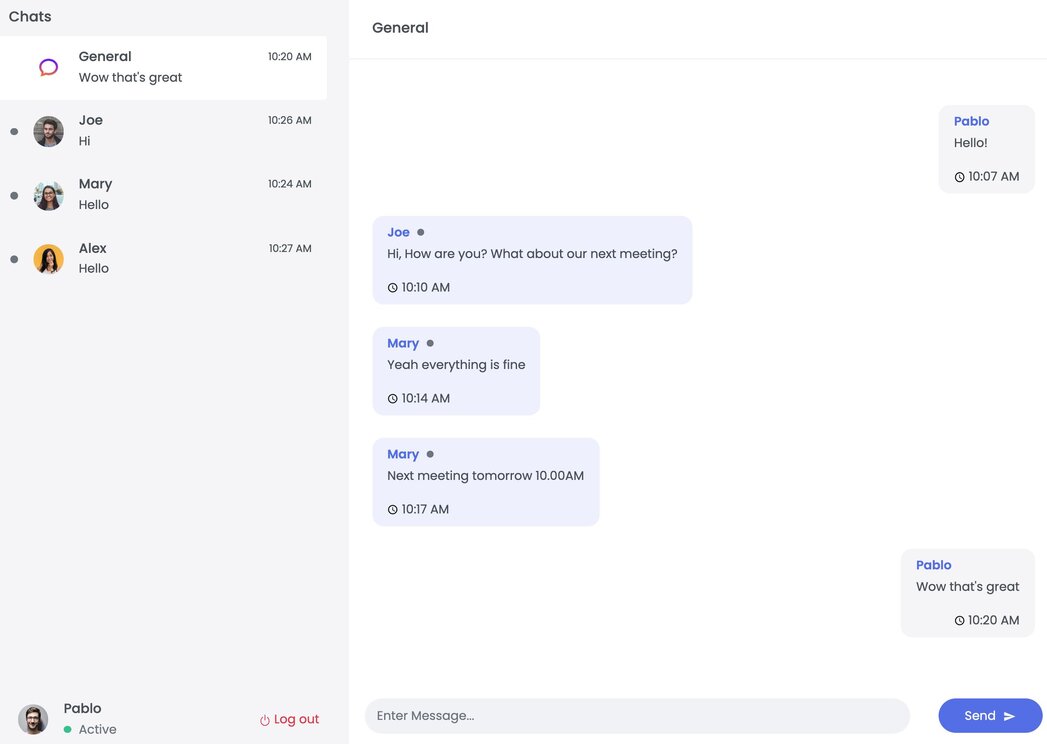Real time chat messaging apps are surging in popularity exponentially. Mobile apps like WhatsApp, Facebook, Telegram, Slack, Discord have become “a part and parcel” of our life. Users are addicted to these live chat mobile app conversations as they bring a personal touch and offer a real-time interaction.

There’s been a rise in the number of social media apps that bring social elements to enable activities like collaboration, messaging, social interaction and commenting. Such activities require a real-time capability to automatically present updated information to users. More and more developers are tapping into the power of Redis as it is extremely fast & its support for a variety of rich data structures such as Lists, Sets, Sorted Sets, Hashes etc. Redis comes along with a Pub/Sub messaging functionality that allows developers to scale the backend by spawning multiple server instances.
In this tutorial, we will see how to build a realtime chat app built with Flask, Socket.IO and Redis Cloud running on Amazon Web Services. This example uses pub/sub features combined with web-sockets for implementing the message communication between client and server.
Follow this tutorial to sign up for a free Redis Cloud account. If you already have an existing account, then all you need are your login credentials to access your subscription.

Choose AWS as the Cloud vendor while creating your new subscription. While creating a new database, ensure that you set your own password. At the end of the database creation process, you will get a Redis Cloud database endpoint and port. Save these, you will need them later.

You don't need to create an AWS account for setting up your Redis database. Redis Cloud on AWS is a fully managed database-as-a-service trusted by thousands of customers for high performance, infinite scalability, true high availability, and best-in-class support.
git clone https://github.com/redis-developer/basic-redis-chat-app-demo-pythoncd client
yarn installyarn startYou can now view client in the browser.
Local: http://localhost:3000
On Your Network: http://192.168.1.9:3000
cd ..
pip3 install -r requirements.txtpython3 -m venv venv/
source venv/bin/activate
python3 app.py * Restarting with stat
* Debugger is active!
* Debugger PIN: 220-696-610
(8122) wsgi starting up on http://127.0.0.1:5000
The chat app server works as a basic REST API which involves keeping the session and handling the user state in the chat rooms (besides the WebSocket/real-time part). When the server starts, the initialization step occurs. At first, a new Redis connection is established and it's checked whether it's needed to load the demo data.
For simplicity, a key with total_users value is checked: if it does not exist, we fill the Redis database with initial data. EXISTS total_users (checks if the key exists) The demo data initialization is handled in multiple steps:
We create a new user id: INCR total_users. Then we set a user ID lookup key by user name: e.g.
SET username:nick user:1And finally, the rest of the data is written to the hash set:
HSET user:1 username "nick" password "bcrypt_hashed_password".Additionally, each user is added to the default "General" room. For handling rooms for each user, we have a set that holds the room ids. Here's an example command of how to add the room:
SADD user:1:rooms "0"First, private rooms are created: if a private room needs to be established, for each user a room id: room:1:2 is generated, where numbers correspond to the user ids in ascending order.
E.g. Create a private room between 2 users:
SADD user:1:rooms 1:2 and SADD user:2:rooms 1:2Then we add messages for each conversation to this room by writing to a sorted set:
ZADD room:1:2 1615480369 "{'from': 1, 'date': 1615480369, 'message': 'Hello', 'roomId': '1:2'}"We are using a stringified JSON to keep the message structure and simplify the implementation details for this demo-app. You may choose to use a Hash or JSON
Messages are added to the sorted set with id of the "General" room: room:0
After initialization, a pub/sub subscription is created: SUBSCRIBE MESSAGES. At the same time, each server instance will run a listener on a message on this channel to receive real-time updates.
Again, for simplicity, each message is serialized to JSON, which we parse and then handle in the same manner, as WebSocket messages.
Pub/sub allows connecting multiple servers written in different platforms without taking into consideration the implementation detail of each server.
When a WebSocket connection is established, we can start to listen for events:
A global set with online_users key is used for keeping the online state for each user. So on a new connection, a user ID is written to that set:
SADD online_users 1Here we have added user with id 1 to the set online_users
After that, a message is broadcasted to the clients to notify them that a new user is joined the chat.
PUBLISH message "{'serverId': 4132, 'type':'message', 'data': {'from': 1, 'date': 1615480369, 'message': 'Hello', 'roomId': '1:2'}}"Note we send additional data related to the type of the message and the server id. Server id is used to discard the messages by the server instance which sends them since it is connected to the same MESSAGES channel.
The type field of the serialized JSON corresponds to the real-time method we use for real-time communication (connect/disconnect/message).
The data is method-specific information. In the example above it's related to the new message.
Redis is used mainly as a database to keep the user/messages data and for sending messages between connected servers.
The real-time functionality is handled by Socket.IO for server-client messaging. Additionally each server instance subscribes to the MESSAGES channel of pub/sub and dispatches messages once they arrive. Note that, the server transports pub/sub messages with a separate event stream (handled by Server Sent Events), this is due to the need of running pub/sub message loop apart from socket.io signals.
The chat data is stored in various keys and various data types. User data is stored in a hash set where each user entry contains the next values:
Get User HGETALL user:{id}.
HGETALL user:2where we get data for the user with id: 2.
SMEMBERS user:2:roomsThis will return IDs of rooms for user with ID: 2
Example:
ZREVRANGE room:1:2 0 50Which will return 50 messages with 0 offsets for the private room between users with IDs 1 and 2.